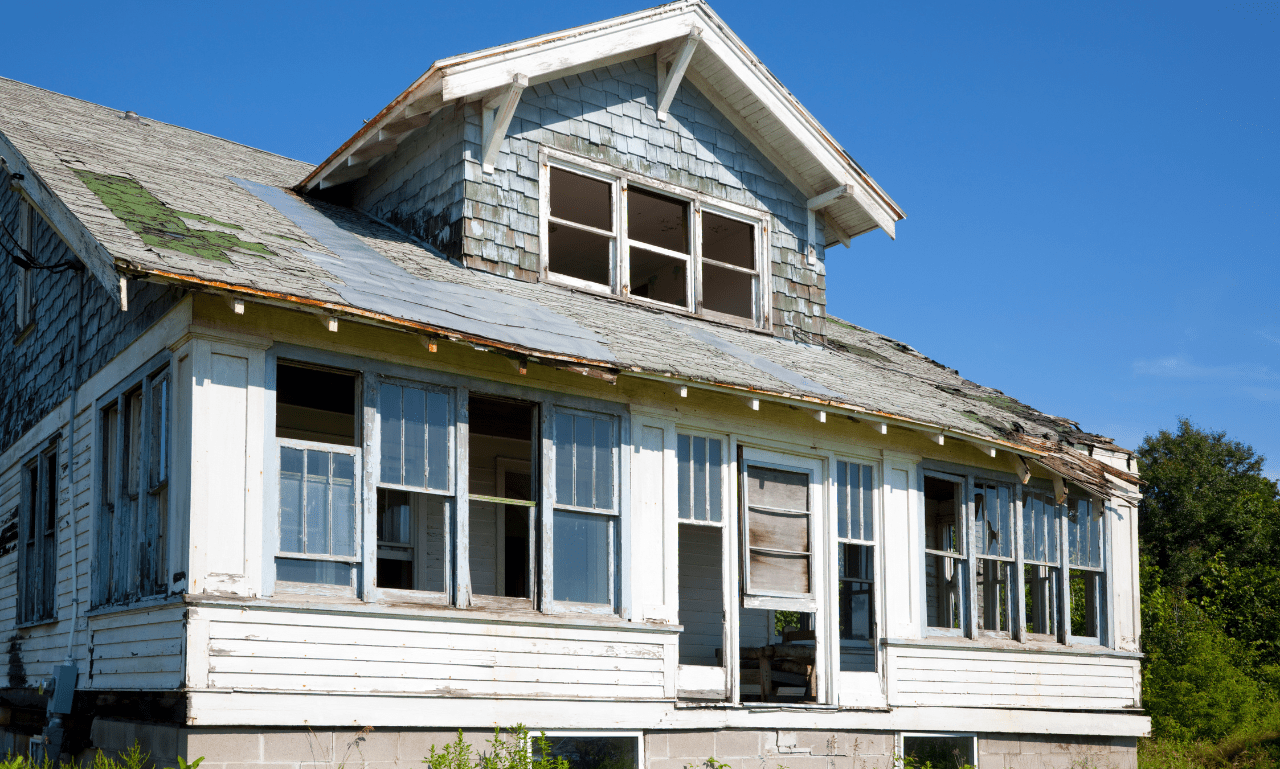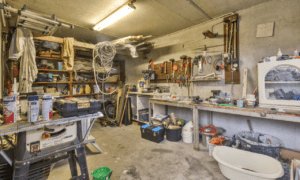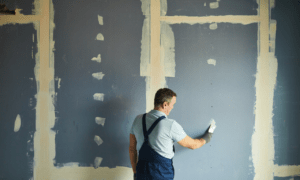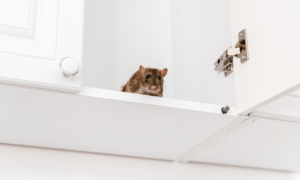Introduction
What Is House Shaking, and Why Is It a Concern?
House shaking refers to the unsettling and often alarming movement or vibrations experienced within a home. It can be a cause for concern as it may signal underlying structural issues or external factors that affect the stability of your dwelling. In this comprehensive guide, we will explore the causes and solutions for house shaking, helping you safeguard your home and peace of mind.
The Importance of Identifying and Resolving Shaking Issues in Your Home
Your home is more than just bricks and mortar; it’s a sanctuary for you and your loved ones. Understanding and addressing house shaking is essential for ensuring your family’s safety and protecting your valuable assets. This guide empowers you to take proactive steps to identify, mitigate, and resolve house shaking concerns.

Common Causes of House Shaking
Earthquakes: The Natural Phenomenon
Earthquakes are a natural phenomenon that can cause significant house shaking. These seismic events result from the movement of tectonic plates beneath the Earth’s surface. We’ll delve into how earthquakes impact homes and strategies for earthquake preparedness and safety.
Construction and Renovation Impact on House Stability
House shaking can also occur due to construction and renovation activities in your vicinity. Vibrations from heavy machinery and excavation can affect the structural integrity of your home. We’ll explore the potential risks and offer guidance on mitigating these impacts during construction or renovation projects.
Environmental Factors: Weather-Related Shaking
Environmental factors such as severe storms, strong winds, or nearby explosions can lead to house shaking. We’ll discuss how extreme weather conditions and other environmental elements can affect your home’s stability. You’ll learn essential storm proofing techniques and materials to protect your house.
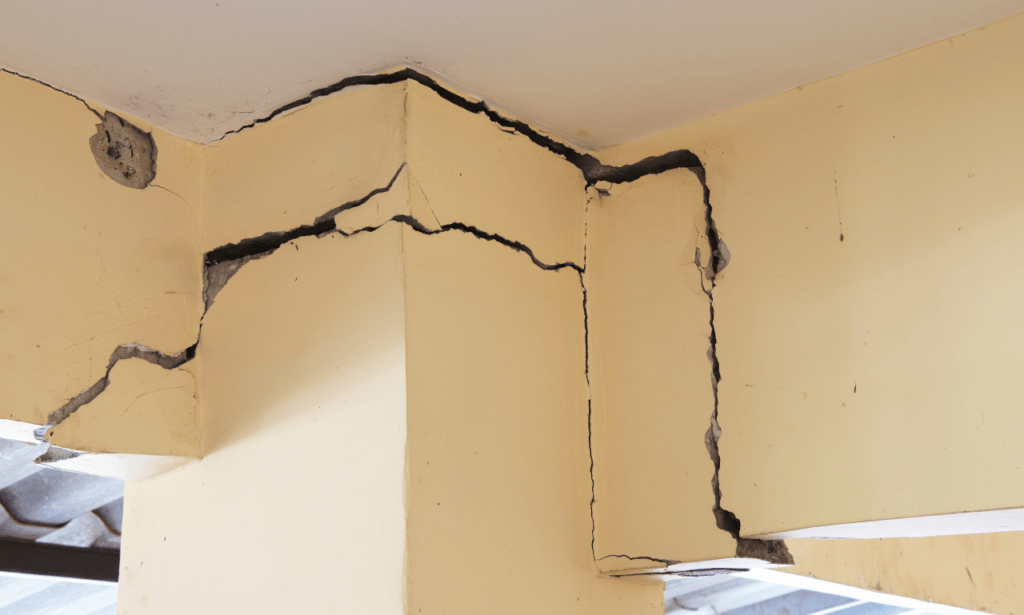
Signs and Symptoms of House Shaking
Identifying the Subtle and Overt Indications
Recognizing the signs and symptoms of house shaking is crucial for early intervention. These indications may include subtle vibrations, rattling windows, or noticeable movements. We’ll help you differentiate between normal house settling and potentially problematic shaking, empowering you to take action when needed.
Subtle Indications:
- Vibrations: Pay attention to any subtle vibrations or tremors that you may feel while inside your home, especially in areas like the floor or walls.
- Cracks: Inspect your walls, ceilings, and floors for small cracks or fissures that may develop over time.
- Slight Movement: Note any minor shifts or movements in fixtures, such as light fixtures or ceiling fans.
Overt Indications:
- Rattling Windows: If your windows rattle or shake significantly during windy conditions or even mild tremors, it’s a clear sign of potential issues.
- Doors Jamming: Doors that suddenly become difficult to open or close may indicate structural problems.
- Audible Noises: Listen for unusual creaking, groaning, or cracking sounds coming from your walls or ceilings, especially during mild seismic activity.
Recognizing these signs and acting promptly can help you address any underlying problems before they escalate, ensuring the safety and stability of your home
Recognizing Structural Damage vs. Normal House Settling
Distinguishing between structural damage and routine house settling is crucial for homeowners. Understanding the key indicators, such as cracks, uneven floors, or other structural issues resulting from prolonged house shaking, can save you from potential disasters and costly repairs. This section provides valuable insights to help you promptly identify and address these concerns.
Identifying Structural Damage:
- Cracks in Walls or Ceilings: Keep an eye out for cracks that are wider than a hairline or those that appear to be growing over time. Horizontal cracks, particularly in the foundation, may indicate serious issues.
- Uneven Floors: If your floors have become noticeably uneven, it could signify structural problems. Place a level on various surfaces to check for deviations.
- Sticking Doors and Windows: Doors and windows that suddenly stick or no longer close properly may indicate a shift in the house’s structure.
- Visible Sagging or Bowing: Inspect the exterior and interior for signs of sagging or bowing in walls or ceilings.
- Water Damage: Prolonged structural issues can lead to water infiltration. Look for water stains, mold growth, or a musty odor.
Normal House Settling:
- Minor Hairline Cracks: Hairline cracks in walls or ceilings are often a result of the settling process and are generally not a cause for concern.
- Slight Door and Window Adjustment: During the settling period, doors and windows may need minor adjustments to fit properly.
- Minor Floor Leveling: Some settling is expected, leading to slight floor-level variations that can be addressed with routine maintenance.
Taking Action:
If you suspect structural damage, it’s essential to consult with a professional structural engineer or contractor to assess the extent of the problem and recommend appropriate repairs. Addressing structural issues promptly can prevent further damage and ensure the long-term stability and safety of your home.

Earthquake Preparedness and Safety Measures
Ensuring Your Home’s Resilience to Earthquakes
Earthquakes can be particularly concerning for homeowners. In this section, we’ll discuss proactive measures to make your home more resilient to seismic activity. This includes securing heavy furniture, reinforcing walls, and creating an emergency plan for your family.
Essential Steps to Protect Your Family and Belongings
Safety should be your top priority during an earthquake. We’ll provide detailed guidance on how to protect your family members and valuable possessions. From identifying safe spots within your home to assembling an emergency kit, you’ll be well-prepared to navigate earthquake-related challenges.

Foundation and Structural Inspection
The Role of a Solid Foundation in Preventing Shaking
A strong foundation is fundamental to house stability. Understanding the importance of a solid foundation and its role in preventing house shaking is crucial for homeowners. In this section, we will delve into the significance of a robust foundation and explore various types of foundations. Moreover, we’ll equip you with essential maintenance tips to ensure your foundation remains in optimal condition.
Professional Inspection and Maintenance Tips
Regular inspections by structural engineers are your first line of defense against potential structural issues. These inspections provide invaluable insights and early detection of problems that could lead to shaking or other serious concerns. During a professional inspection, experts will thoroughly evaluate your foundation and its supporting structures, ensuring they meet safety standards.
Addressing Concerns: If any issues or weaknesses are identified during the inspection, the structural engineer will provide recommendations for necessary repairs or improvements. It’s crucial to take these recommendations seriously, as prompt action can prevent further deterioration and the potential shaking of your home.
Maintenance Tips: To maintain a solid foundation and minimize the risk of shaking, consider the following maintenance tips:
- Keep Gutters and Downspouts Clear: Ensure proper drainage to prevent water from pooling around your foundation, which can weaken it over time.
- Monitor for Cracks: Regularly inspect your foundation for any visible cracks or signs of settlement. If you notice any, consult a professional promptly.
- Control Moisture: Maintain a consistent level of moisture around the foundation to prevent soil expansion and contraction, which can stress the foundation.
- Proper Grading: Ensure that the soil around your home is properly graded away from the foundation to divert water away from the base.
- Tree Maintenance: Trees near your home should be pruned to prevent roots from damaging the foundation.
By understanding the importance of a strong foundation, investing in professional inspections, and following these maintenance tips, you can help ensure your home remains structurally sound and resistant to shaking.”
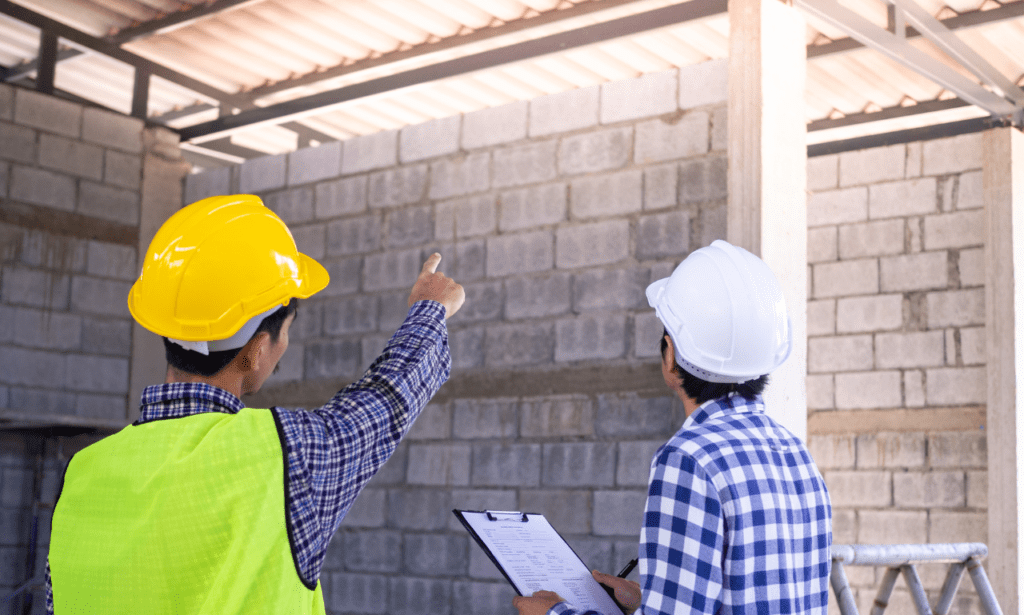
Home Renovations and Shaking Mitigation
Balancing Aesthetic Upgrades with Structural Integrity
Home renovations can significantly enhance your living space, but it’s crucial to strike a harmonious balance that doesn’t compromise your home’s structural integrity. Achieving this equilibrium is essential to ensuring that your improvements not only look good but also stand the test of time. In this discussion, we will explore effective strategies for seamlessly blending aesthetic upgrades with the preservation of your home’s stability. By following these guidelines, you can embark on renovation projects with confidence, knowing that your home will not only look better but also remain structurally sound for years to come.
Renovation Best Practices for Structural Integrity:
- Consult a Structural Engineer: Before diving into your renovation project, consider consulting a structural engineer. They can assess your home’s current condition and provide recommendations for ensuring structural stability during the renovation process.
- Plan Carefully: Develop a comprehensive renovation plan that outlines both aesthetic and structural changes. This plan should consider load-bearing walls, foundation work, and any alterations that might impact your home’s stability.
- Budget for Structural Upgrades: Allocate a portion of your renovation budget specifically for structural upgrades. This ensures that you have the financial resources to address any issues that arise during the project without compromising safety.
- Use Quality Materials: Invest in high-quality building materials that are not only visually appealing but also durable and able to withstand the demands of your renovation.
- Work with Experienced Contractors: Choose contractors with a track record of successfully completing renovation projects while prioritizing structural integrity. A reputable contractor will have the expertise to execute your vision while adhering to safety standards.
- Regular Inspections: Throughout the renovation, conduct regular inspections to verify that structural changes are proceeding as planned. Address any concerns promptly to prevent issues from escalating.
Preserving Structural Integrity While Enhancing Aesthetics:
- Open Floor Plans: Consider open floor plans that can enhance the aesthetic appeal of your home while minimizing the need for extensive structural changes.
- Natural Lighting: Optimize natural lighting by adding large windows or skylights. Properly designed, these additions can improve aesthetics without compromising the structural integrity of your home.
- Matching Architectural Styles: When making exterior changes, strive to match the existing architectural style. This ensures that your home’s facade remains visually cohesive while benefiting from modern upgrades.
- Incorporate Load-Bearing Features: If you’re removing walls or making significant structural alterations, incorporate load-bearing features that maintain the home’s structural stability while achieving the desired aesthetic effect.
By following these best practices and striking the right balance between aesthetics and structural integrity, your home renovations will not only be visually pleasing but also provide enduring comfort and safety for your family.
Tips for Choosing the Right Contractors
Selecting the right contractors for your renovation projects is pivotal to the success of your endeavor. Here are valuable tips to help you identify and hire contractors who prioritize structural integrity and adhere to industry standards:
- Check Credentials: Look for contractors with proper licenses, certifications, and insurance. These credentials are indicative of their commitment to professionalism and quality work.
- Review Past Work: Ask for a portfolio of previous projects or references from past clients. Examining their track record will give you insight into the quality of their work and their ability to handle structural aspects.
- Request Detailed Quotes: Seek detailed estimates from multiple contractors. A thorough breakdown of costs and project timelines will help you assess their transparency and commitment to your project.
- Interview Multiple Contractors: Don’t rush the selection process. Interview several contractors to gauge their communication skills, responsiveness, and willingness to address your concerns.
- Check References: Contact previous clients to inquire about their experiences with the contractor. Ask about the project’s quality, adherence to timelines, and overall satisfaction.
- Inquire About Permits: Ensure that the contractor is familiar with local building codes and will obtain the necessary permits. This demonstrates their commitment to compliance with safety and structural regulations.
- Discuss Project Details: Communicate your renovation goals clearly. A reputable contractor will listen to your vision, offer suggestions, and provide insights into how to maintain or improve structural integrity while achieving your aesthetic objectives.
- Contract Review: Never start work without a written contract that includes a detailed scope of work, payment schedule, and timelines. Review it carefully to ensure it aligns with your expectations.
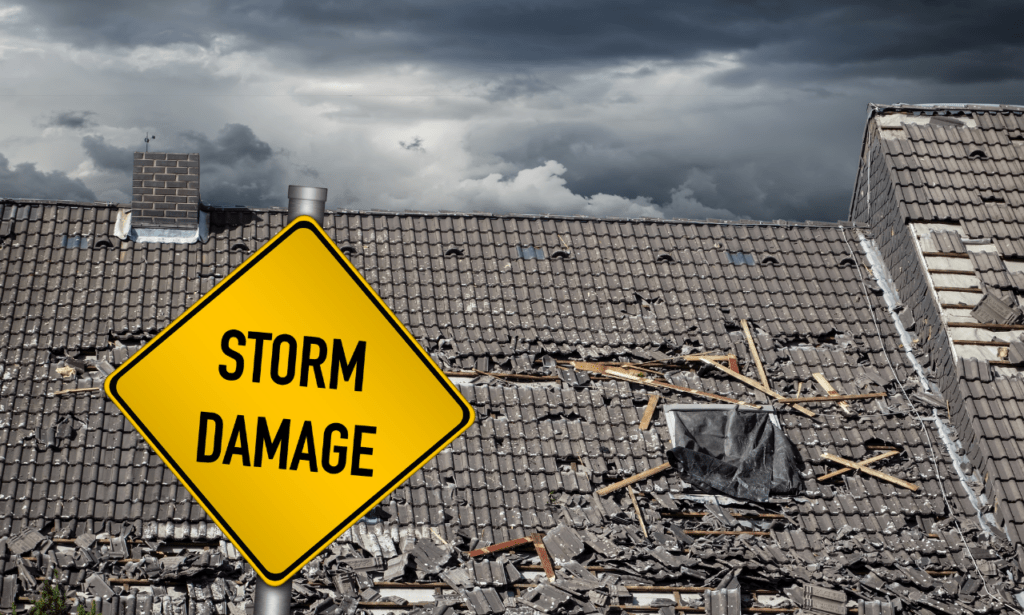
Weather-Related Shaking and stormproofing
Protecting Your Home from Severe Weather Events
Severe weather conditions, such as storms and hurricanes, can induce house shaking. We’ll delve into the potential risks associated with extreme weather and provide strategies to protect your home. Understanding how to fortify your dwelling against weather-related shaking is essential for safeguarding your investment.
Stormproofing Techniques and Materials
Stormproofing your home involves utilizing specific techniques and materials to reinforce its structural integrity. Here are key strategies to consider:
- Storm-Resistant Windows: Install impact-resistant windows that can withstand high winds and flying debris. These windows are designed to prevent shattering, reducing the risk of structural damage and injury.
- Roofing Materials: Opt for durable roofing materials that can withstand heavy rain, strong winds, and hail. Metal roofs, asphalt shingles, or concrete tiles are excellent choices, depending on your climate and budget.
- Reinforcement Methods: Secure your roof and walls with hurricane straps or connectors, which anchor the structure to its foundation. Reinforce garage doors to prevent them from collapsing during high winds.
- Siding: Choose robust siding materials such as fiber cement or vinyl, which are less prone to damage from wind, rain, and hail compared to traditional wood siding.
- Landscaping: Trim trees and shrubs near your home to reduce the risk of falling branches or trees during storms.
- Storm Shutters: Consider installing storm shutters or impact-resistant coverings for windows and glass doors. These provide an additional layer of protection against flying debris.
- Secure Outdoor Items: Anchor outdoor furniture, grills, and other items that could become projectiles during strong winds.
By incorporating these storm-proofing measures, you can significantly reduce the impact of severe weather events on your house, enhancing both its safety and longevity.
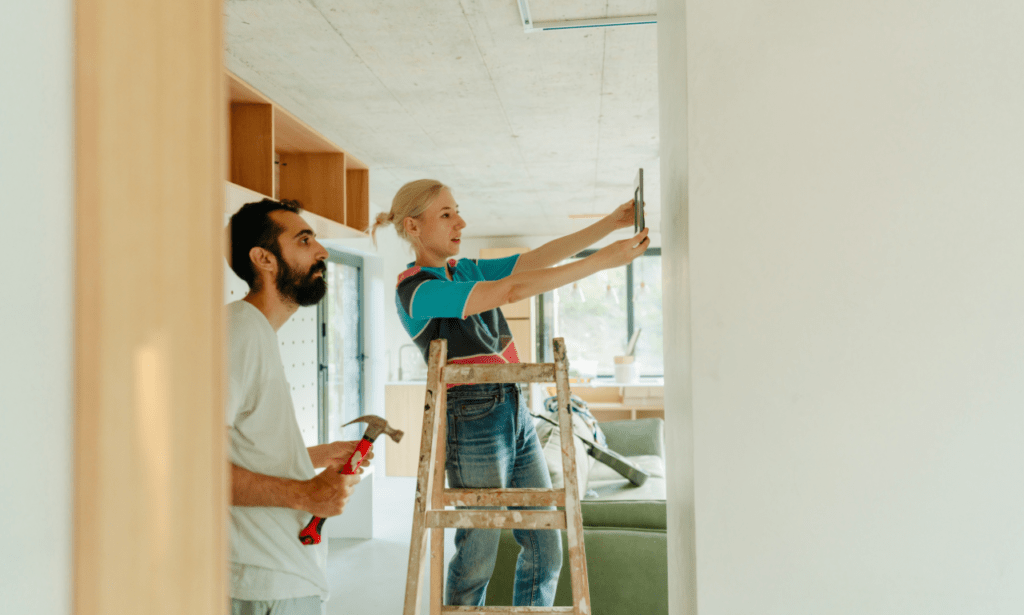
DIY Shake Assessments and Repairs
Empowering Homeowners with DIY Solutions
Empowering homeowners with DIY solutions for house-shake issues is essential. Here are some quick tips on how to assess and address minor shaking problems yourself. These DIY measures may include securing loose fixtures, insulating against noise, and reinforcing vulnerable areas of your home.
Safe and Effective Methods for Minor Repairs
Ensuring the safety of yourself and your home is paramount when embarking on DIY repairs. In this comprehensive guide, we will provide you with proven and secure methods for addressing minor house-shake concerns.
Tools and Materials Needed:
- Safety Gear: Begin by ensuring you have the right safety equipment, including safety goggles, gloves, and a dust mask, to protect yourself during the repair process.
- Level: A spirit level will help you identify the extent of the shaking and ensure your repairs restore stability.
- Measuring Tape: You’ll need this to accurately measure and mark areas that require attention.
- Screws and Fasteners: Depending on the situation, you may need various screws, bolts, or fasteners to secure loose components.
- Wood Glue: For repairing minor wooden structural issues.
- Concrete Filler: If the shaking involves concrete structures, a suitable filler will be necessary.
Step-by-Step Instructions:
- Assessment: Begin by assessing the extent and location of the shaking. Use your level and measuring tape to determine the severity of the issue.
- Safety First: Put on your safety gear before proceeding.
- Tighten Fasteners: If the shaking is due to loose screws or bolts, carefully tighten them until snug, but avoid over-tightening, as it can cause damage.
- Wooden Structures: For minor issues with wooden structures, apply wood glue to the affected area, and use clamps to hold the pieces together while the glue sets. Follow the manufacturer’s instructions for drying times.
- Concrete Structures: If the issue involves concrete, use a suitable filler to patch any cracks or gaps. Follow the product instructions for mixing and applying the filler.
- Reassess: Once you’ve completed the repairs, recheck the level to ensure the shaking has been adequately addressed.
Community Support and Resources
Connecting with others who have experienced house-shake issues can provide valuable support and resources. We’ll discuss online communities, forums, and local groups where homeowners can share their experiences, exchange advice, and access additional resources to address shaking house concerns.
Conclusion
In conclusion, this comprehensive guide has equipped you with the knowledge and strategies to understand and address house shaking effectively. By identifying the causes, recognizing the signs, and implementing solutions, you can ensure your home remains secure, stable, and free from shaking issues. Prioritizing your home’s structural integrity is an investment in your family’s safety and well-being.
If you’re looking for tips on securing your furniture on hardwood floors with ease, don’t miss our article, “Secure Your Furniture on Hardwood Floors: Easy DIY.”

